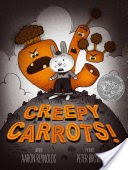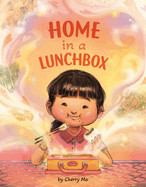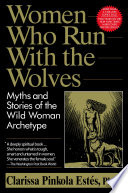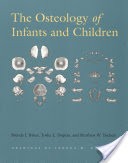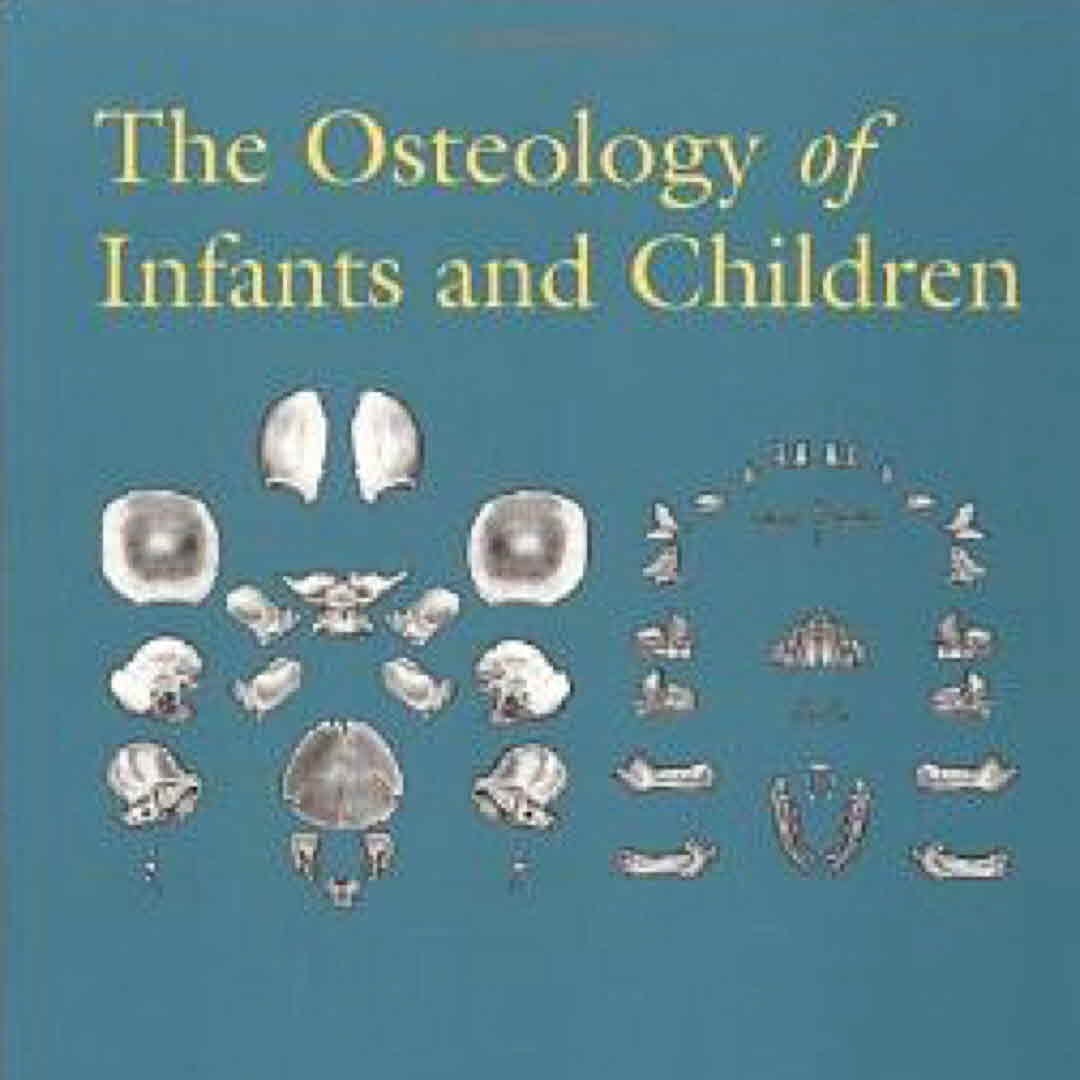
This book is an absolute necessity for both novice and expert. The text is clear and concise while the serial illustrations are exceptionally helpul in making more accurate identificaions.
PomegranateMuse #anthropology #science #mortuaryscience #archaeology #anatomy 9y
5 likes1 comment








